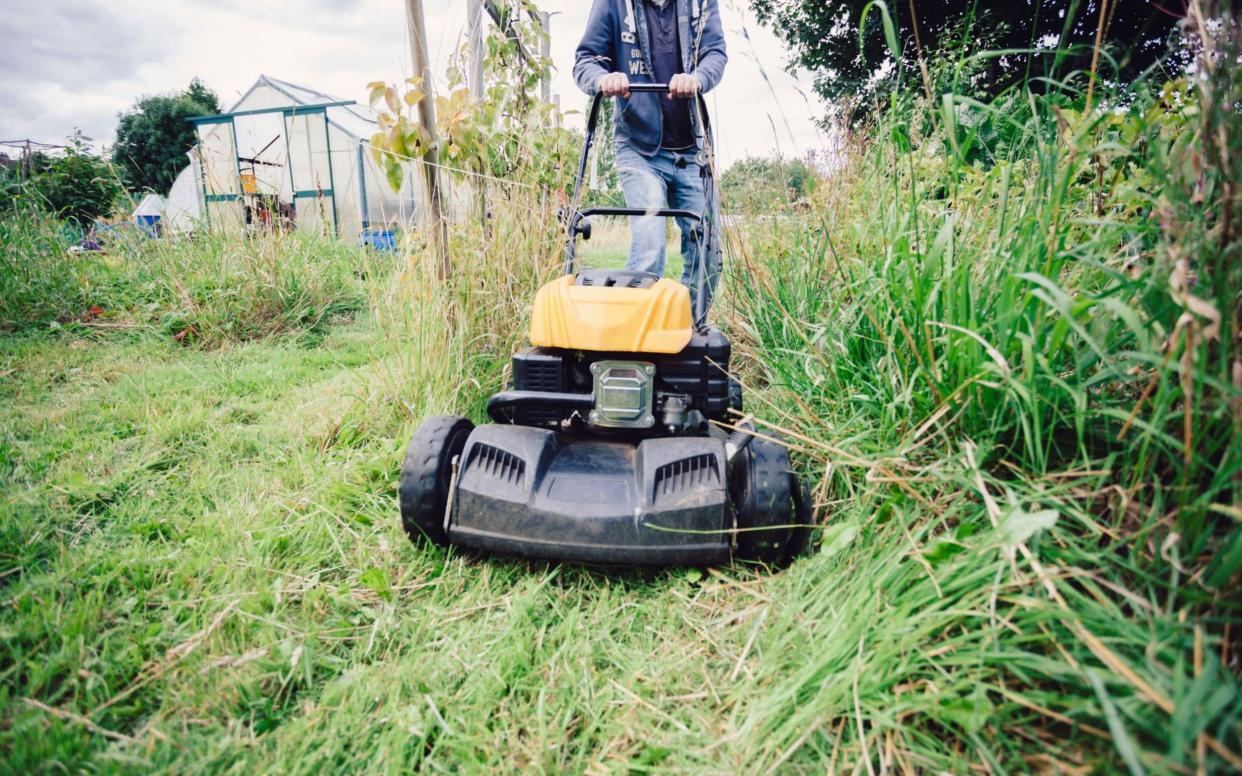Grass cuttings from roadside verges to be sold to the National Grid to raise money to save the environment

Grass cuttings from verges that have been allowed to grow into wildflower meadows will be cut at the end of summer and sold to the National Grid to create energy in the first scheme of its kind.
Lincolnshire County Council is letting its grass verges grow wild over summer in order to encourage pollinators such as butterflies and bees instead of mowing them.
At the end of the summer, the grass will be shorn and the long cuttings sent to be used as biofuel.
The money made from the scheme will be put back into maintaining the verges for next year.
While verges are often ignored, they provide important habitats for wildlife and also have potential to be used for peat-fee compost and green fuel.
Mark, the project manager at Lincolnshire Wildlife Trust says “It’s just as if our biggest nature reserve has been hidden in plain sight.
Keeping verges safe for road users is a priority, but small changes to how we manage them could make a massive difference on a national scale."

Lincolnshire County Council is the first to sell its verges cuttings for fuel, and it is thought this pilot could be rolled out across the County.
Grass cutting will be more like meadow management, with fewer cuts allowing flowers to grow and set seed.
The scheme was developed after six years of citizen science surveys and it is hoped this will create a "nectar network" for butterflies and bees and benefit neighbouring arable farmland.
The Council is implementing the scheme across its 4,000 miles of verges.
Energy produced in this way is both green and renewable, with the plants given to local power plants and energy sold to the grid.
It is created by anaerobicdigestion, which is when microorganisms break down natural materials in an area absent of oxygen.
This produces biogases such as methane which can be used for energy.
In this scheme, the plant matter is put in large containers called anaerobic digesters and left to break down.
The Council has produced a "tool kit" for other interested councils, so others could trial this energy production technique, and charities the RHS and Plantlife have endorsed such schemes.
They have asked authorities to keep verges untidy so flowers can grow in order to protect biodiversity and promote pollinators.

 Yahoo News
Yahoo News 
